In assembling the mosaic of the past, archeology plays a very important role, and in 2015 we witnessed many interesting archaeological discoveries that offered us a fresh insight into the past of humanity and further enlightened us. That the year 2015 was also extremely "fruitful" from an archaeological point of view is evidenced by the most interesting archaeological discoveries in 2015, which we present to you below.
The year 2015 was also very varied from an archaeological point of view. Again we witnessed many spectacular archaeological discoveries, from sunken ships and intact tombs to sex toys, which offered us additional insight into the past.
READ MORE: The most fascinating photos from space taken in 2015
Below we present to you a strawberry selection of archaeological discoveries in 2015, discoveries that further enriched our knowledge of the development and life of the human species in the past.
Neolithic superhenge

Archaeologists have found 4,500-year-old stones up to 4.5 meters high in the immediate vicinity of the mysterious Stonehenge, which could be part of Britain's largest Neolithic monument.
The oldest presta in the world

In mid-March, Bavarian archaeologists unearthed a 250-year-old throne, a traditional German and Austrian treat, in Regensburg. Presta, whose first mentions date back to 1111 (coat of arms of the German baker's guild), has not lost its hardness over the years.
Tomb of an Iron Age Celtic prince
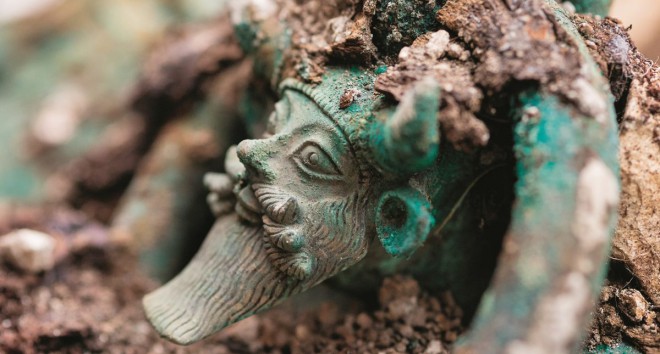
On the outskirts of the town of Lavau in the Champagne-Ardenne region, French archaeologists have discovered a sumptuous tomb dating back to the beginning of the 5th century BC, in which a local Celtic prince is said to have been buried.
Etruscan tomb
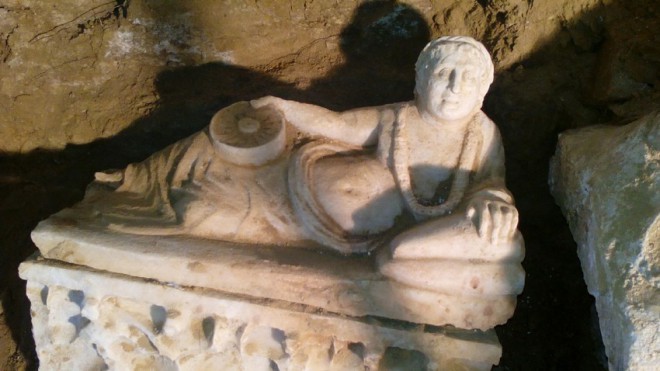
In 2015, another intact tomb was discovered in Tuscany (Italy) near Città della Pieve. Archaeologists were not "to blame" for this discovery, but a local farmer who, while plowing a field, came across a void in the ground that led to this 2,300-year-old tomb. Among other things, two sarcophagi and artificial urns were found in it.
Greek Fort Akra (fortress)
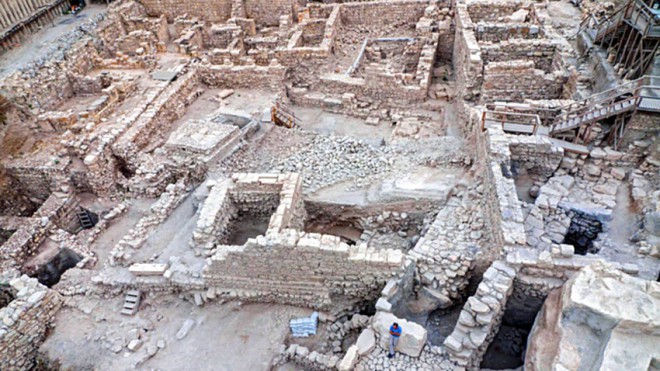
Archaeologists searched for the Greek fortress from the biblical book of the Maccabees, Akra (Fortress), which was built by the king of the Hellenized Seleucid Empire, Antiochus Epiphanes, for a hundred years and finally only found the remains of the fortress, which was the main defender of Jerusalem when it opposed the Jewish get up.
The "capital" of shipwrecks
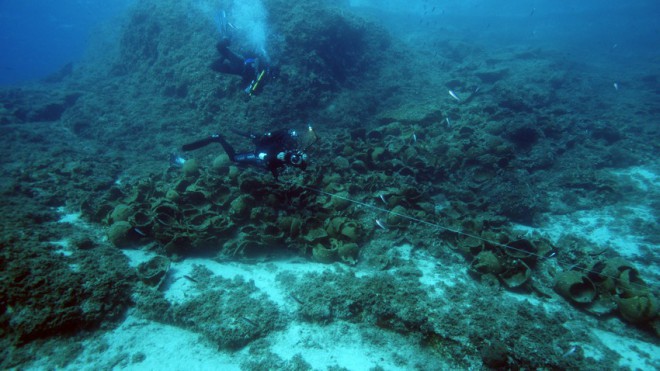
Near the small Greek archipelago of Fourni (consisting of 13 small islands), archaeologists came across this year's biggest underwater discovery. As many as 22 shipwrecks were found on 17 square meters, which is as much as 12 percent of all known ancient shipwrecks on Greek territory. Some of the ships date back to BC, but in between there is also a ship from the 16th century.
560 thousand year old human tooth
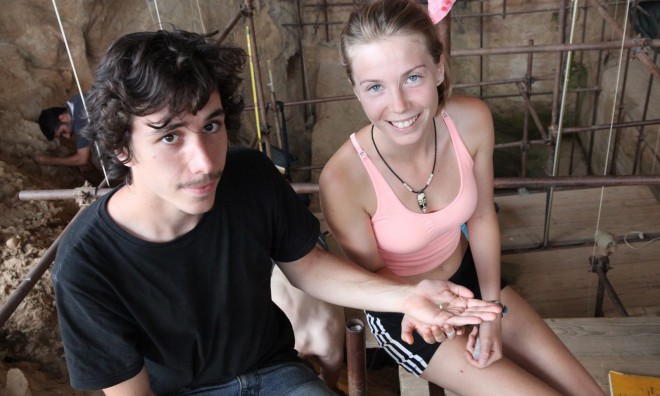
A 560,000-year-old tooth was discovered by French students. They found it in the Arago cave in southwestern France, which is otherwise considered a prehistoric "golden cave", as pieces of prehistoric tools and animal bones, as well as a 450 thousand-year-old human skull, have already been found here in the past.
Dentistry is at least 14 thousand years old
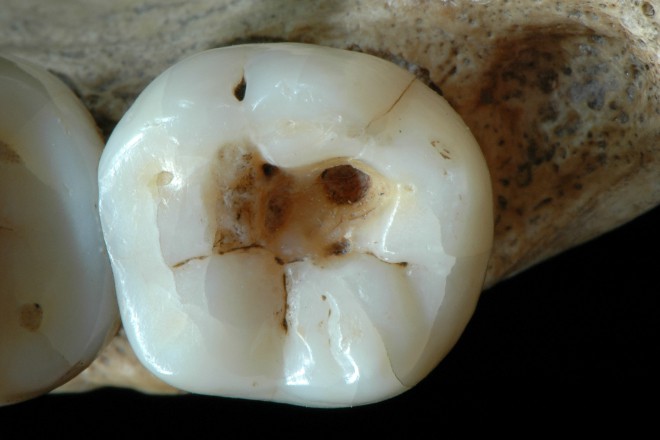
Archaeologists were not only active in the field, but also in laboratories. Analysis of a 14,000-year-old tooth (molar) revealed that the tooth had been treated. The patient was a 25-year-old man who lived in what is now northern Italy, and his well-preserved skeleton (between 13,820 and 14,160 years old) was found in Venice in 1988.
Mummies
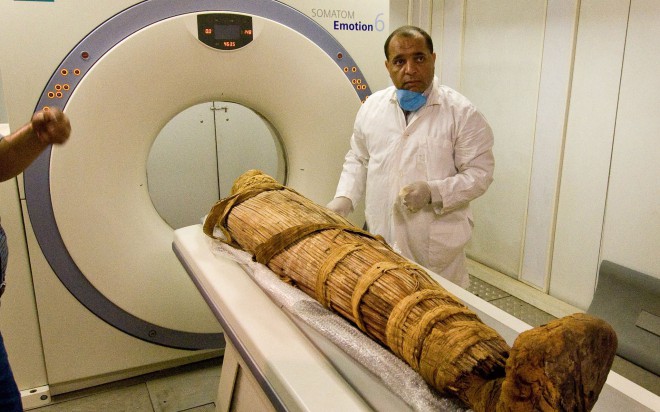
Scientific research in the field of mummies has always been very important for modern clinical medicine. This year, the oldest case of a heart attack was discovered in a 3,500-year-old mummy, the Egyptian dignitary Nebiri, who lived during the reign of the Egyptian pharaoh Thutmose III. Computer tomography also revealed the first case of leukemia in the 7,000-year-old skeleton of a woman aged between 30 and 40, which was excavated in 1982 in southwestern Germany.
A 250-year-old sex toy
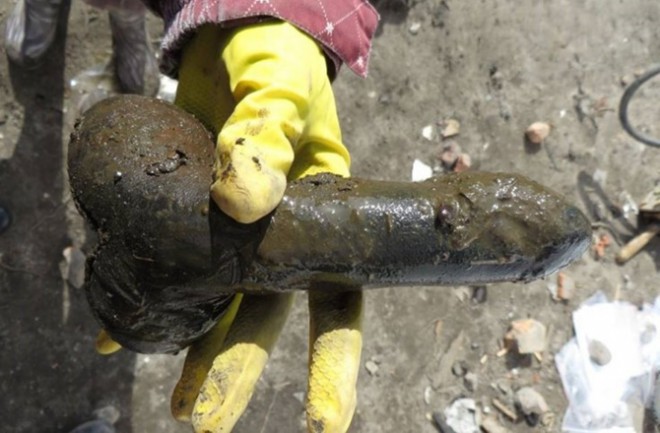
While investigating 18th-century latrines, archaeologists in Poland came across a 250-year-old sex toy that someone had apparently flushed down the toilet. It is a well-preserved dildo or artificial penis with testicles, made of premium leather with bristles and a wooden tip.





